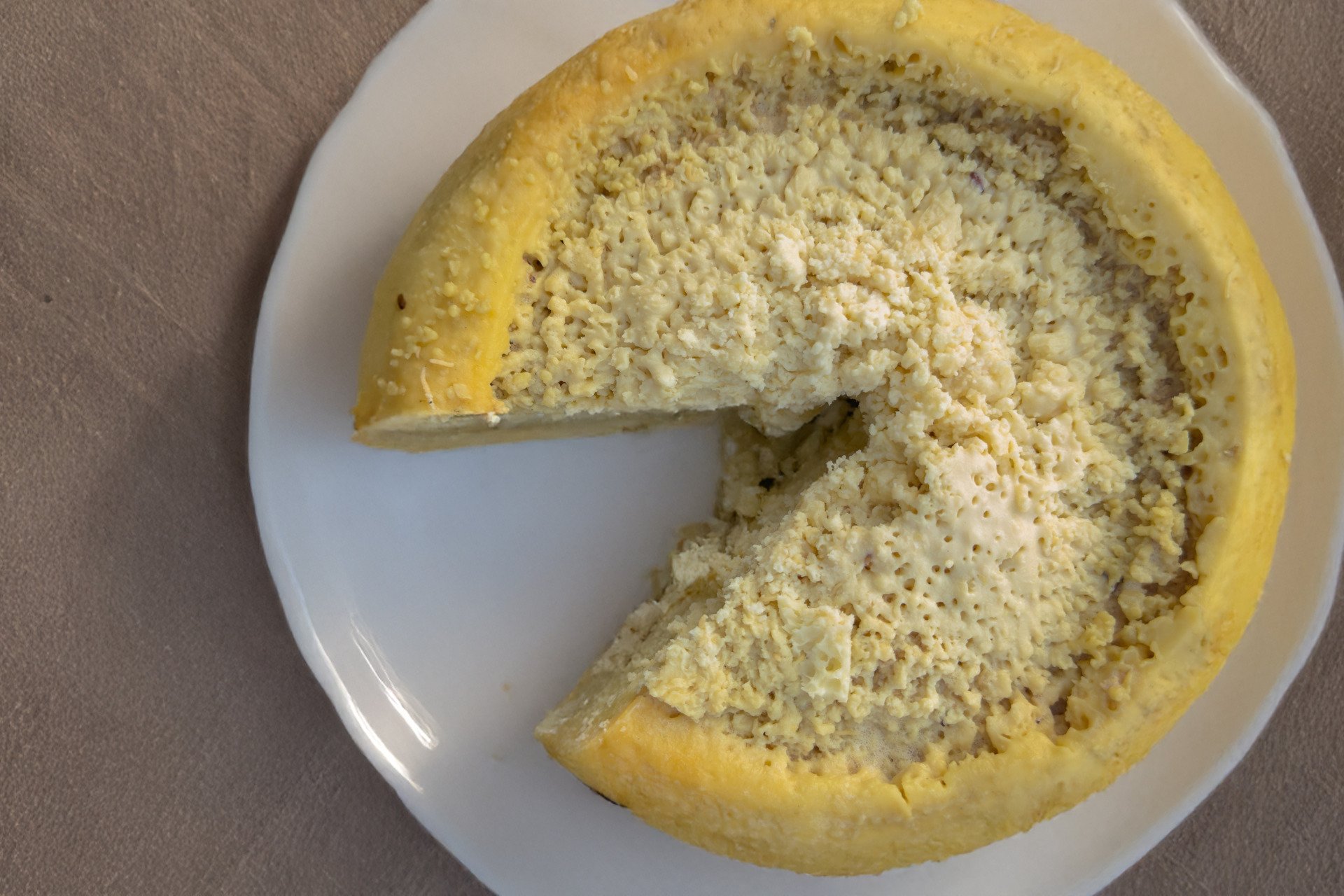Recent research highlights an unexpected aspect of Neanderthal survival: their diet may have heavily relied on maggots. A study published on March 15, 2024, in the journal Science Advances, conducted by researchers from Purdue University and the University of Michigan, suggests that the larvae of flies provided essential nutrients, particularly nitrogen and fat, to these ancient humans.
The study combines both experimental and historical data, showing that maggot-infused meat is rich in fat and nitrogen. This nutritional profile may explain the high levels of nitrogen found in Neanderthal remains, a key indicator of their dietary habits. Lead author Melanie Beasley, a paleoanthropologist at Purdue, noted that both Neanderthals and modern humans have benefitted from consuming these nutrient-dense insects, which are easily obtainable.
Traditionally, many researchers have viewed Neanderthals as hypercarnivores, primarily consuming fresh meat from large prey, including mammoths. However, co-author John Speth proposed a different theory in 2017, suggesting that Neanderthals may have often consumed stored and possibly decaying meat teeming with maggots. This theory aligns with practices observed in some Indigenous communities today, where maggot-rich foods are considered delicacies.
The study’s findings build on anecdotal evidence, including an account from the polar explorer and anthropologist Knud Rasmussen. In 1931, Rasmussen described discovering a cache of aged meat in an Inuit community, where his companions eagerly consumed the maggots within. This historical context provides a foundation for understanding how Neanderthals might have utilized similar resources.
Beasley’s research involved studying the decomposition of muscle tissue and analyzing the nitrogen levels in various samples, including three types of fly maggots. The research confirmed that while the nitrogen levels in decaying tissue changed, the maggots themselves were rich in nitrogen, indicating their potential as a food source.
Neanderthals likely could not avoid maggots in their stored meat, and instead of viewing them as a nuisance, they might have adapted by incorporating them into their diets. Beasley explained that this could have turned lean meat into a more complete and nutritious food source, enhancing their overall dietary intake.
As the researchers continue to gather evidence in support of this hypothesis, they aim to further explore the nutritional benefits of maggot-rich food over time. Understanding the limits of what constitutes “too rotten” for consumption remains a focus of their ongoing work.
Interestingly, the consumption of insects, including maggots, is not limited to ancient peoples. Today, some cultures still incorporate insects into their diets. For example, in Europe, casu marzu, a traditional Sardinian sheep’s milk cheese, is intentionally infused with cheese fly maggots, demonstrating the lasting appeal of this unconventional food source.
While some may remain hesitant to embrace the idea of maggot consumption, the findings offer a fascinating glimpse into the dietary strategies of our ancient relatives and their adaptability in challenging environments.







































































